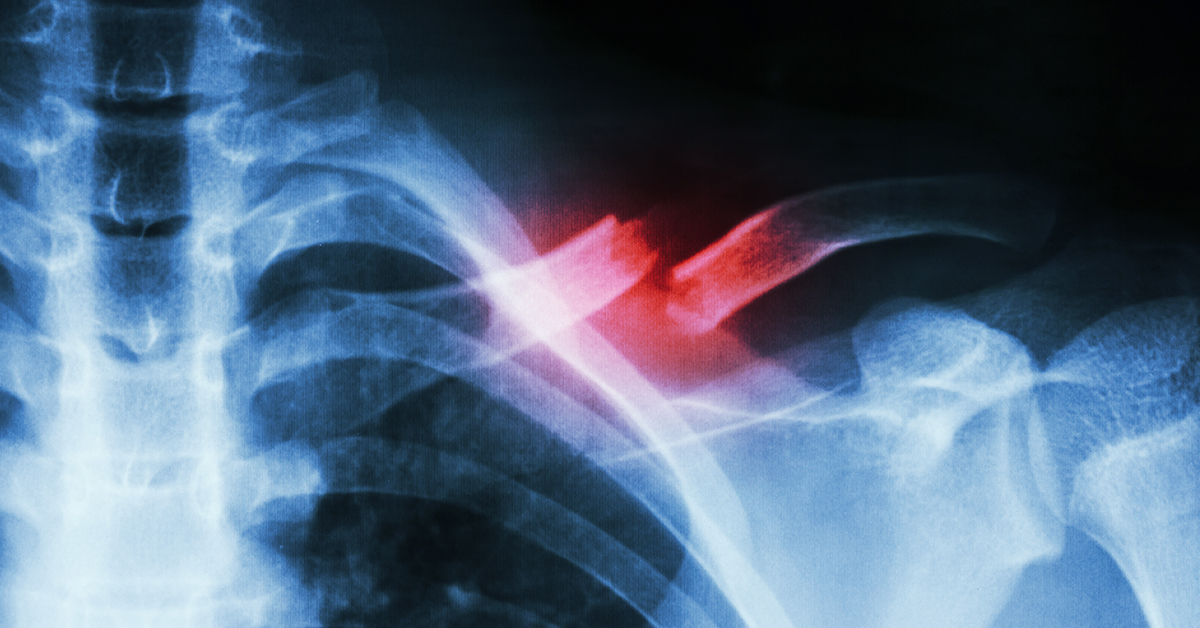
The shoulder joint is a complex ball and socket joint that includes the upper end of the humerus, the outer aspect of the scapula, the outer aspect of the clavicle and a group of muscles and ligaments that are arranged around the joint. Trauma and any injury to the shoulder joint can result in fractures of the shoulder. This can include a fracture of the upper end of the humerus, the clavicle or the scapula.
Fractures of the Shoulder
When the shoulder sustains any form of trauma or injury, the bones that form the shoulder joint may break. The most common type of fracture is that of the clavicle. This is closely followed by a fracture of the upper end of the humerus and the shoulder blade.
Fracture of the Clavicle
The fracture of a clavicle is usually sustained when an individual falls onto an outstretched arm. The force of the fall can result in fracture of the clavicle at its weakest point. Typically, patients complain of pain and swelling over the site of injury that is worsened on movement of the upper extremities. The pain may radiate to the surrounding areas and may be severe enough to cause nausea and dizziness. Diagnosis is confirmed through X-ray and treatment often involves prescription of non-steroidal anti-inflammatory drugs painkillers, a shoulder sling (figure of eight) and sometimes surgical correction.
Fracture of the Humerus
Fracture of the upper end of the humerus is sometimes called a broken shoulder. This occurs from direct trauma to the shoulder and appears to be more prevalent in patients who have underlying osteoporosis. Fracture of the humerus is accompanied by a great deal of weakness of the shoulder joint, which can sometimes be rather difficult to regain. Symptoms include pain and limited range of movement, along with swelling around the shoulder joint. Diagnosis is confirmed through X-ray and treatment involves correction of the fracture through the use of a sling. The sling is particularly helpful, as most fractures of the upper end of the humerus are not displaced, meaning the broken segments still are aligned perfectly next to each other. However, in displaced fractures, surgical options have to be pursued. Following treatment and healing of the fracture, patients require a course of physical therapy before full recovery is seen.
Fractures of the Scapula
The fracture of the shoulder blade (also known as the scapula) is often seen following blunt trauma (for example, road traffic accidents). The common sites affected include the body of the scapula and the neck of the scapula. Patients experience a great deal of pain when attempting to move the arm and may also have swelling around the back of the shoulder. Any movement of the shoulder may be accompanied by a gritty sensation. Diagnosis is easily made through X-ray and treatment involves the application of a sling or sometimes surgical correction, especially if the fracture is displaced.
Conclusion
Fractures of the shoulder are a common occurrence and can usually be treated through conservative means. Some cases, however, require surgical correction. Long-term outcomes are variable and patients may have a degree of deficit in their movement following treatment.


